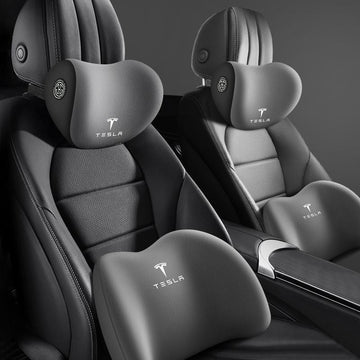Elon Musk Predicts the Future: Neuralink to Replace Smartphones
bis ElfTialloy auf Jun 20, 2024

Hashtag: #MuskPredictsFuture #NeuralinkReplacesPhones
On June 17, a user on X (formerly Twitter) posed an intriguing question: "Would you install a Neuralink interface in your brain to control your new X phone just by thinking?" Elon Musk responded with a bold prediction: "There will be no phones in the future, only Neuralink."
The Future of Technology: Neuralink's Potential
Elon Musk's statement suggests a future where brain-computer interfaces like Neuralink could potentially replace traditional smartphones. This revolutionary technology aims to create a direct communication pathway between the human brain and external devices, fundamentally changing how we interact with technology.
Key Points:
- Direct Thought Control: Neuralink technology aims to enable users to control devices and communicate through thought alone, eliminating the need for physical devices like smartphones.
- Enhanced Connectivity: This technology promises faster and more seamless connectivity, integrating human consciousness with digital platforms.
- Potential Applications: Beyond replacing phones, Neuralink could revolutionize medical fields, assistive technologies for disabilities, and overall human augmentation.
The Vision for Neuralink
What is Neuralink?
Neuralink is a neurotechnology company founded by Elon Musk, aiming to develop implantable brain–machine interfaces (BMIs). The primary goal is to create a symbiotic relationship between the human brain and artificial intelligence, enabling direct communication and control over various devices and systems.
How Will Neuralink Work?
Neuralink involves implanting tiny electrodes in the brain that can read and write electrical signals. These electrodes will connect to an external device, allowing users to control computers, smartphones, and other digital devices through thought alone. The ultimate vision is to eliminate the need for physical devices, creating a seamless integration between the human mind and technology.
Challenges and Considerations
While Musk's vision is bold, there are significant challenges to overcome, including:
- Safety and Ethics: Ensuring the safety and ethical implications of brain-computer interfaces is paramount. The technology must be thoroughly tested to avoid any adverse effects on the brain.
- Technical Feasibility: Achieving reliable and efficient brain-machine communication is a complex technical challenge that requires significant advancements in neuroscience and engineering.
- Public Acceptance: Convincing the public to adopt such radical technology will be a significant hurdle. Privacy concerns, the invasiveness of the procedure, and the potential for misuse are all factors that need to be addressed.
The Future Implications
Medical and Assistive Applications
One of the most promising applications of Neuralink is in the medical field. The technology could potentially help individuals with disabilities regain control over their limbs, communicate more effectively, and improve their quality of life. For example, Neuralink could enable paralyzed individuals to control computers and other devices with their thoughts, providing them with greater independence and mobility.
Human Augmentation
Beyond medical applications, Neuralink has the potential to enhance human capabilities. Imagine being able to access the internet, communicate with others, and control your environment through thought alone. This could lead to unprecedented levels of efficiency and productivity, fundamentally changing the way we live and work.
Conclusion
Elon Musk's statement about the future of Neuralink replacing smartphones highlights his ambitious vision for technological advancement. As this field progresses, it will be fascinating to see how these innovations develop and their impact on our daily lives. The future Musk envisions could be closer than we think, promising a new era of human-machine symbiosis.
Stay tuned for more updates on Neuralink and its potential to revolutionize the way we interact with technology. The journey to a brain-computer interface-driven future has just begun, and it's poised to be one of the most exciting developments in human history.




